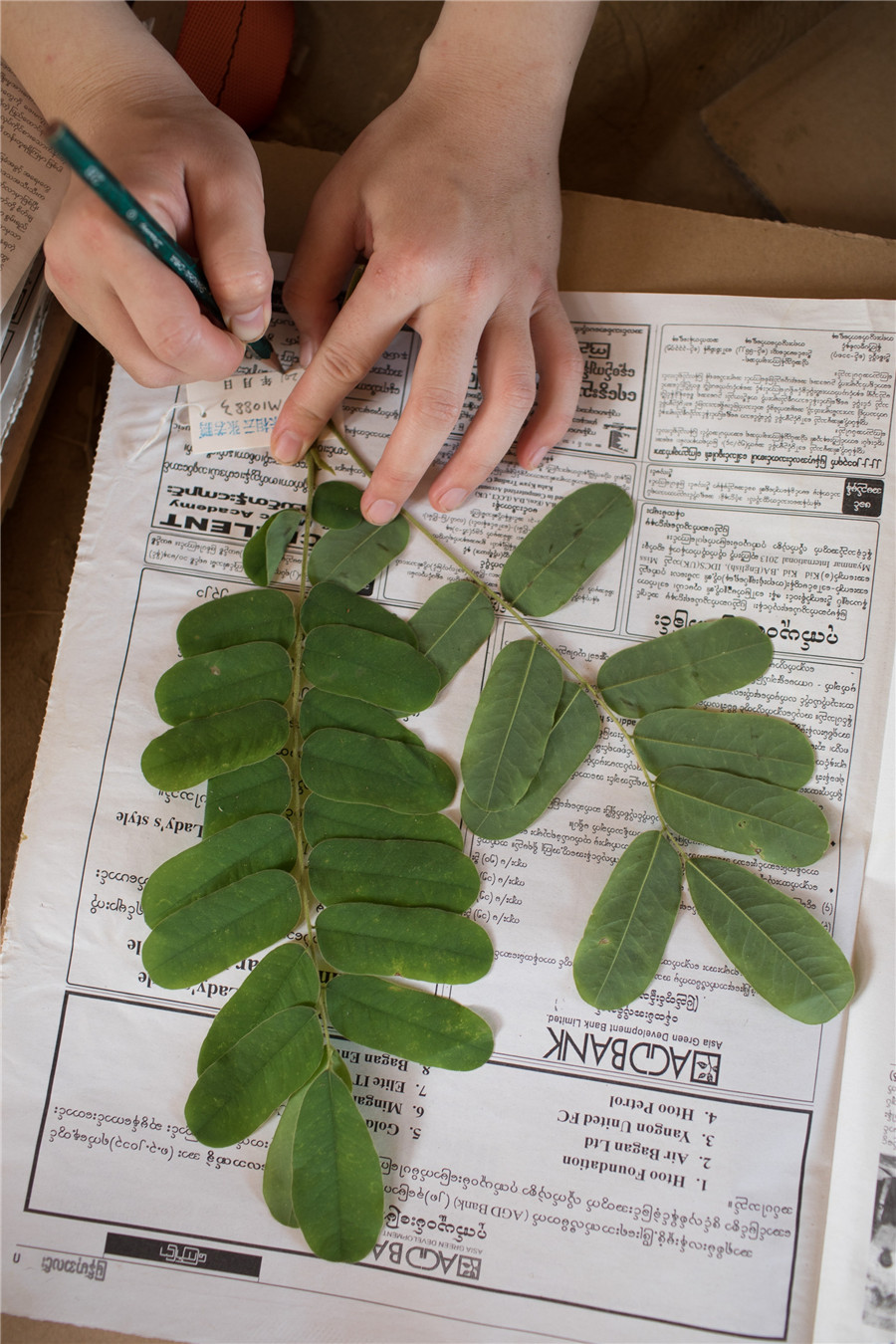Biodiversity aid tops agenda for Chinese, Asian experts


New species
Officially established in 2015, Quan's institute has conducted research in Thailand, Vietnam and Indonesia, discovering at least 373 new species. It said it has also published more than 200 papers in major international journals, including Science and Systematic Biology.
The China-Myanmar joint field expedition is just one of 56 international projects with which Quan's center has been involved.
Though he believes that the team's efforts will help promote the protection of biodiversity in Myanmar, which still lacks adequate capabilities in terms of funding and carrying out independent scientific research on the subject, he said he often feels a sense of inadequacy.
"When looking at the map, I feel very disappointed," he said, adding that the teams have only set foot on a very limited area of the primitive forests that span almost 100,000 square kilometers of northern Myanmar, offering habitats to rich biodiversity resources as yet mostly unknown by the outside world.
The geographical conditions in the region, featuring high mountains and deep canyons, make it hard to undertake large-scale expeditions, he said.
























